Photo: Luisalvaz on Wikimedia Commons
The Puentes of Chimalistac are a series of very old, colonial-period bridges. These were built in the 16th century by the Carmelites from the gigantic monastery which is today the Museo de el Carmen.
The Chimalistac neighborhood was for two centuries their orchard land. The bridges were part of their effort to channel the Magdalena River to water their orchards and gardens. This hydraulic system began at the Casa Jaime Sabines, across Avenida Revolución to the west. The building today housing the cultural center was, during the colonial period, the waterworks for the entire giant complex, including these orchards. The bridges pass at several points on today’s Paseo del Río street. During the colonial period it ran along both sides of the Magdalena River. Today, it’s a footpath.
A richly residential neighborhood, Chimalistac’s name is a mix of two Nahuatl words: chimalli (shield) and iztac, meaning white: The place of the white shield. This was the name of a pre-Hispanic village, Temalistac, which had been in the area. Temalistac was an important tributary to the Tepanacs of Azcapotzalco, but assisted in their overthrow with the formation of the Triple Alliance in 1430.
Between 1521 and 1523 members of Hernán Cortés’s army settled in the area. One Juan de Guzmán Ixtolinque originally received the territory. He lived until 1569. His grandson, Felipe de Guzmán Ixtolinque and his wife then donated the property to the Carmelites, and they begin building the complex in 1615. Their construction projects lasted through the 17th century. The Carmelites only abandoned the property after the Reforma laws of 1857.
The Puentes de Chimalistac are a just few blocks from Metro Miguel Ángel de Quevedo and close to Parque La Bombilla. A lot of guests will walk the Chimalistac neighborhood for a chance to visit the Hermito de Secretos, and the numerous public parks and gardens between here and the museum.
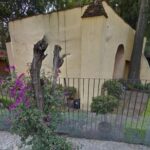
Nearest at 0.15 kms.
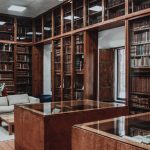
Nearest at 0.43 kms.

Nearest at 0.45 kms.
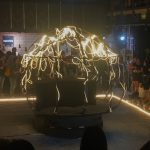
An exciting cultural center devoted to music, theater, technology, and art.
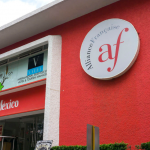
A vibrant cultural and language center in a treelined corner of Chimalistac . . .
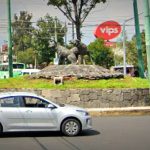
One of the least well-known of the Original Barrios of Coyoacán . . .
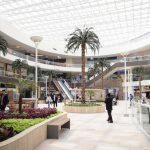
A new shopping and commercial center in San Ángel...
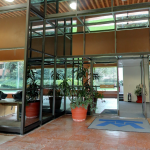
A private collection covering the occult, Tarot, and a dozen more arcane topics...